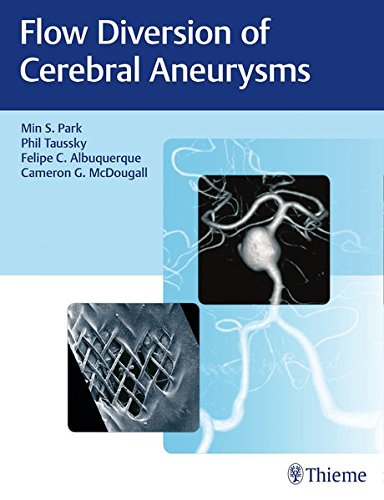

Most ebook files are in PDF format, so you can easily read them using various software such as Foxit Reader or directly on the Google Chrome browser.
Some ebook files are released by publishers in other formats such as .awz, .mobi, .epub, .fb2, etc. You may need to install specific software to read these formats on mobile/PC, such as Calibre.
Please read the tutorial at this link: https://ebookbell.com/faq
We offer FREE conversion to the popular formats you request; however, this may take some time. Therefore, right after payment, please email us, and we will try to provide the service as quickly as possible.
For some exceptional file formats or broken links (if any), please refrain from opening any disputes. Instead, email us first, and we will try to assist within a maximum of 6 hours.
EbookBell Team

4.4
42 reviewsFrom detachable balloons and GDC coils to the recent advent of flow diversion, practitioners of have endovascular neurosurgery been fortunate to work in an era of rapid and exciting advances. The first commercially available flow diverter in the U.S. was approved specifically for a small subset of cerebral aneurysms. Recent experience has demonstrated its utility in treating challenging or otherwise untreatable aneurysms, safely and efficaciously. The design of these devices requires learning radically different methods than those used in the deployment of other, non-braided stents.
Flow Diversion of Cerebral Aneurysms by Min Park, Philipp Taussky, Felipe Albuquerque, and Cameron McDougall provides step-by-step guidance on utilization of flow diversion technology in clinical practice. Reflecting the combined experience and knowledge of pioneers in neurointerventional surgery, this comprehensive book fills a gap in available resources. Twenty-one chapters cover fundamentals to advanced concepts - historical perspective to future developments.
Key Features
The ultimate goal of incorporating cutting-edge flow diversion techniques into the aneurysm treatment paradigm is improved efficacy and patient outcome. The knowledge gleaned from this outstanding resource will help residents and fellows learn to deploy flow diverters for the first time and enable seasoned clinicians to expand their neurointerventional radiology skills.